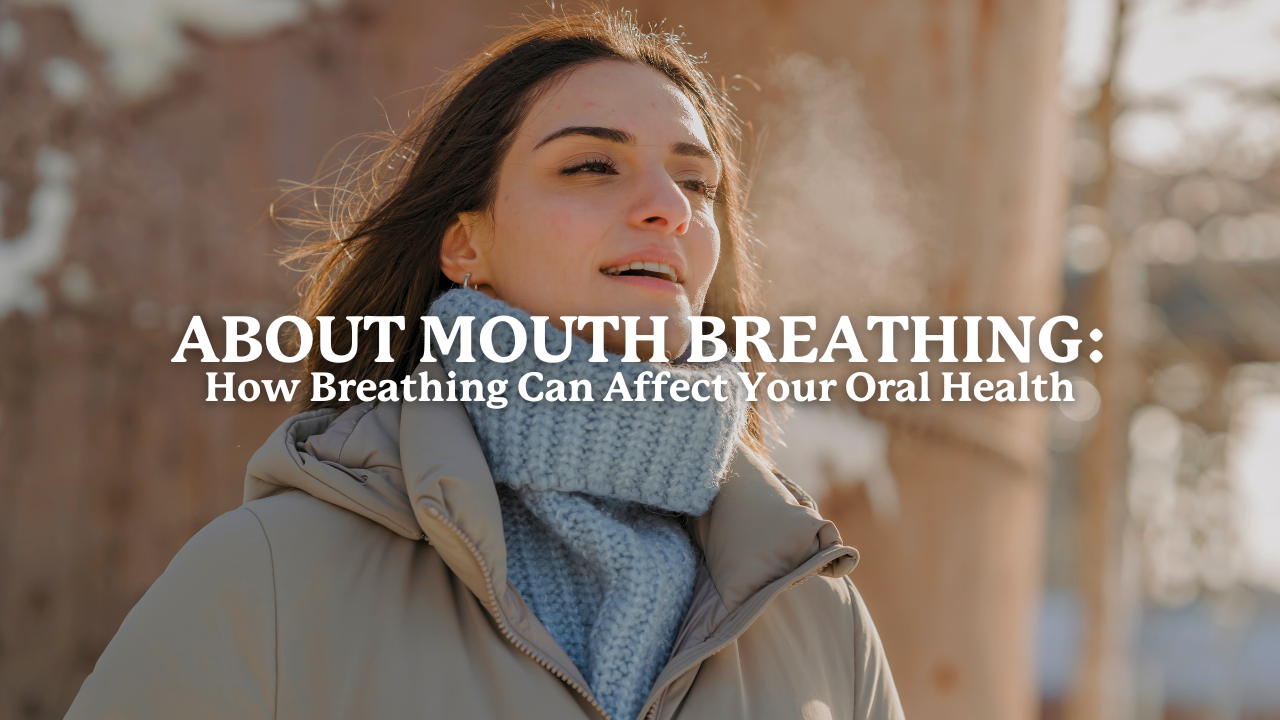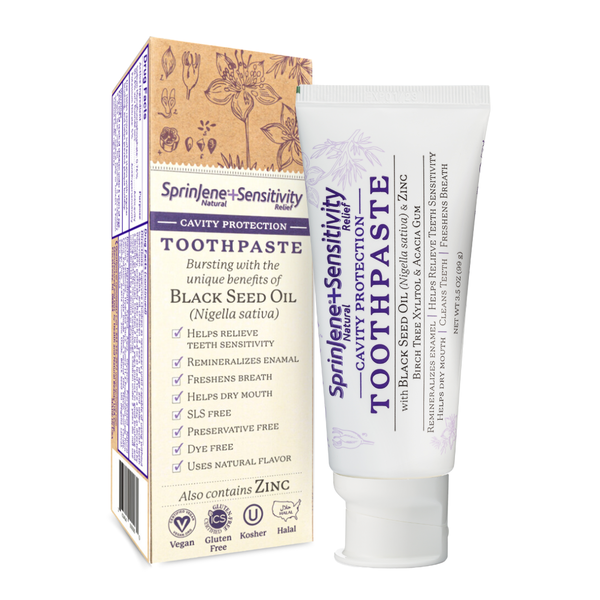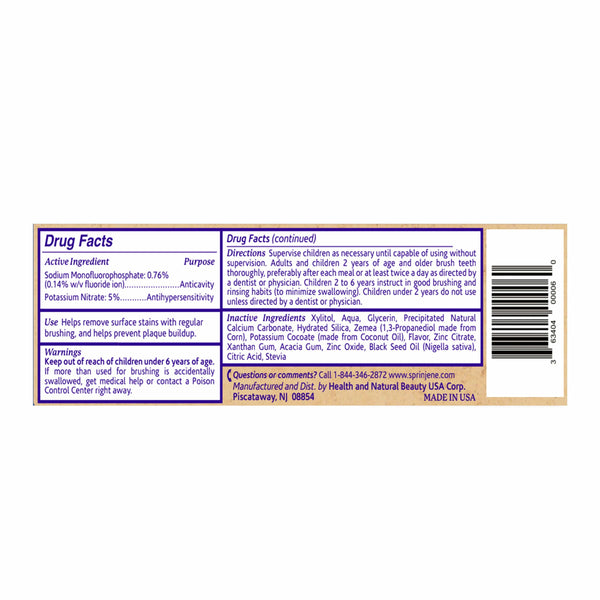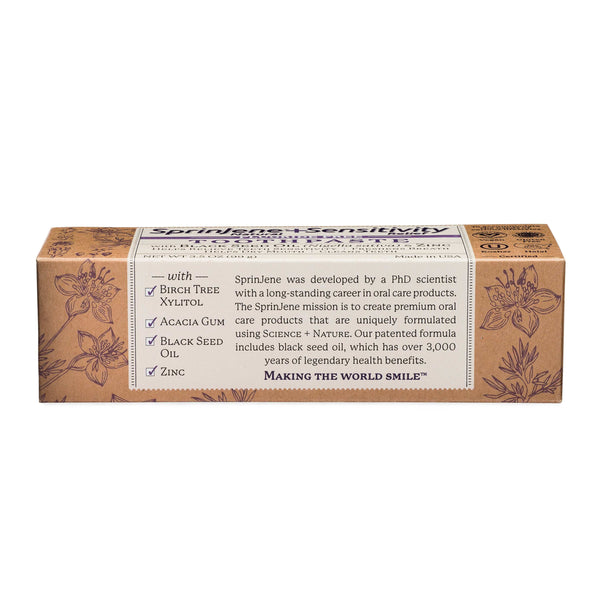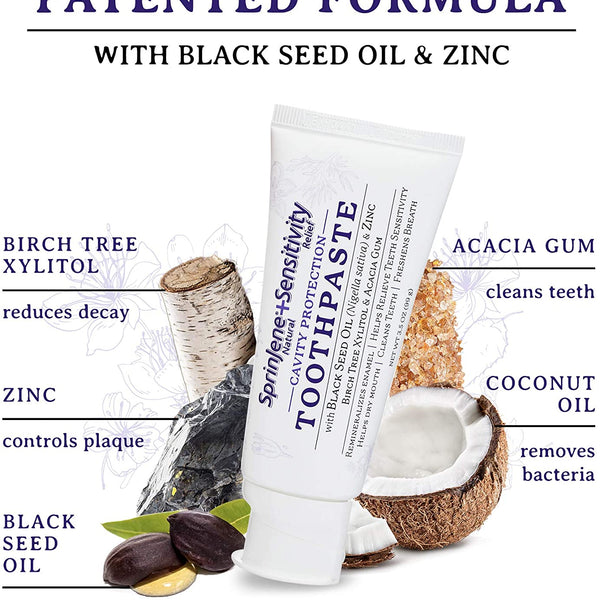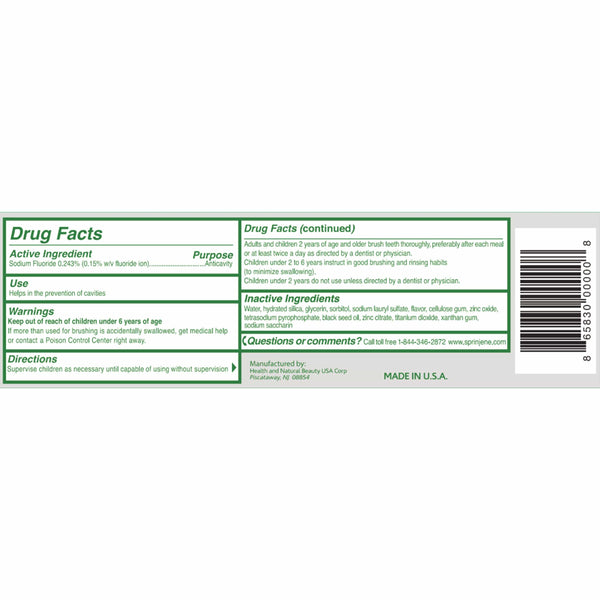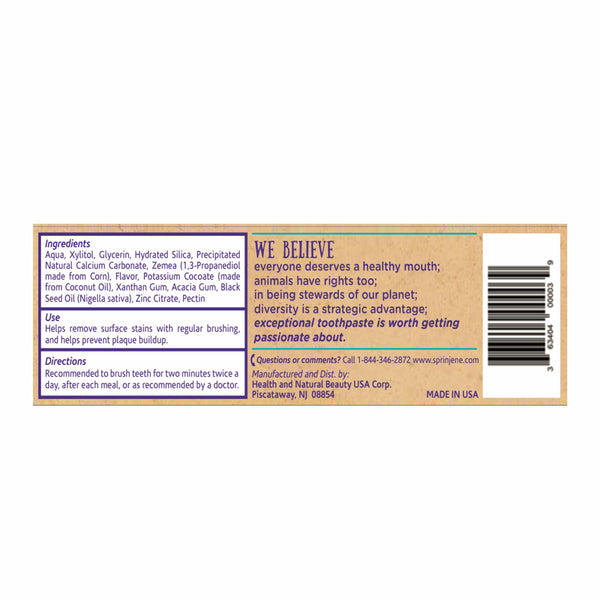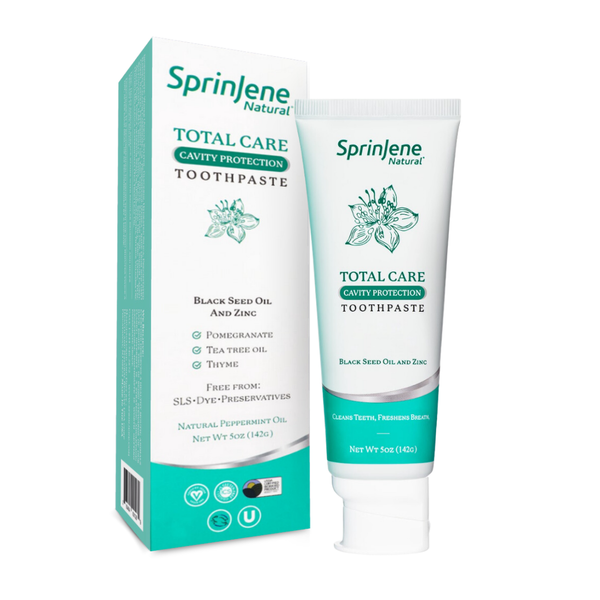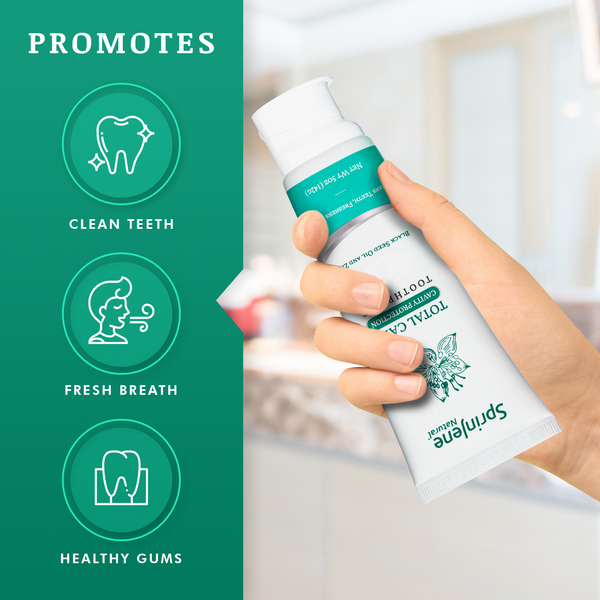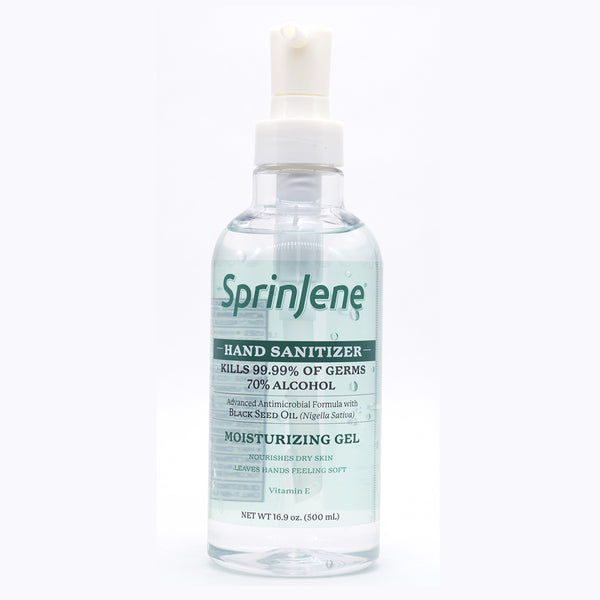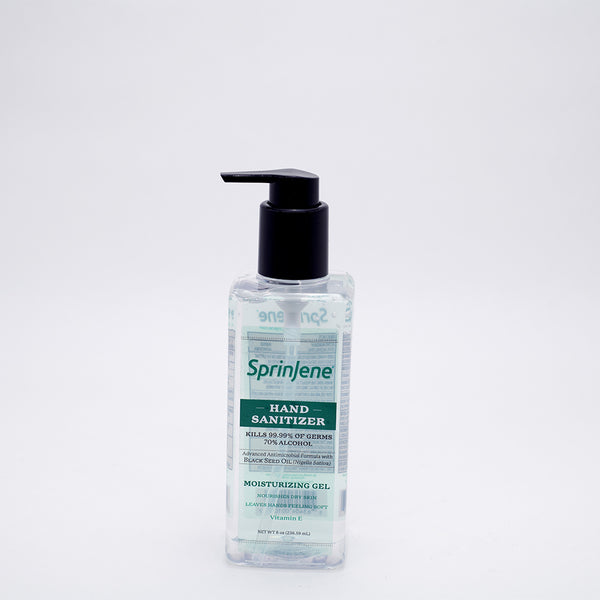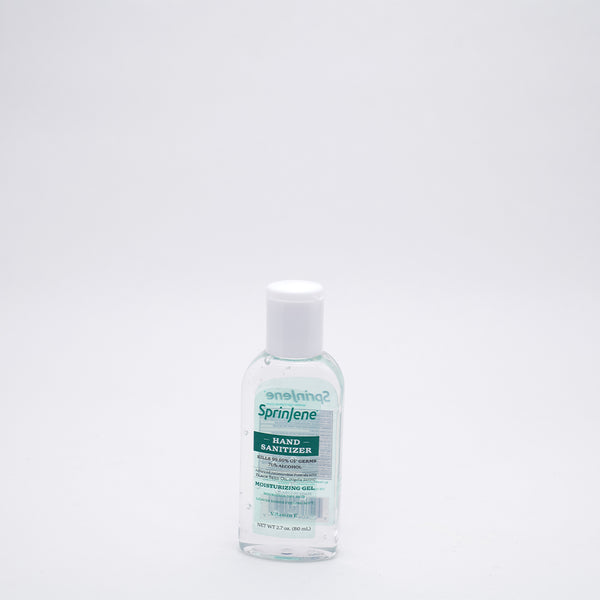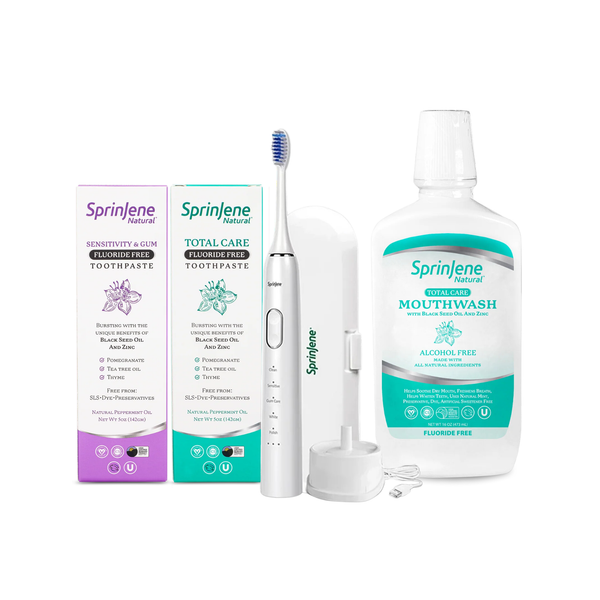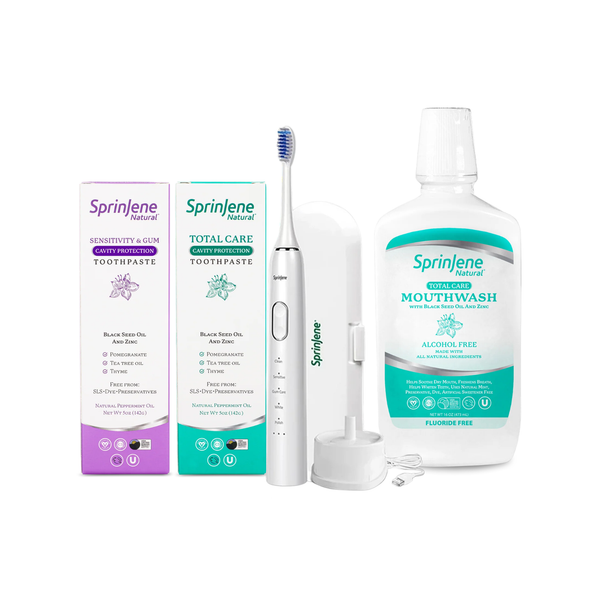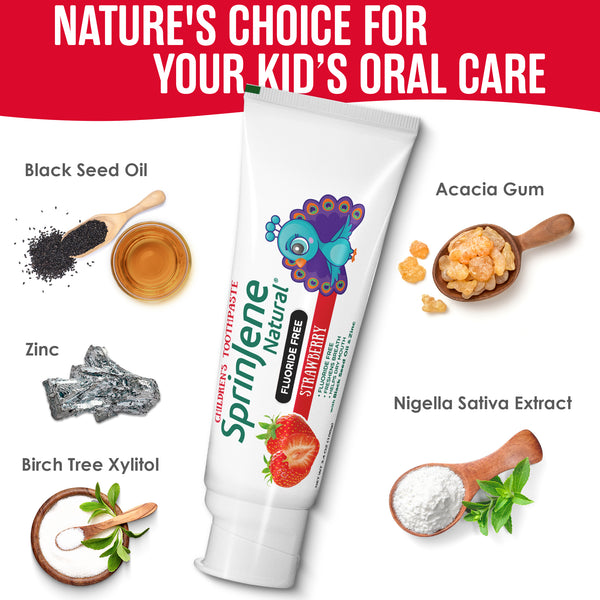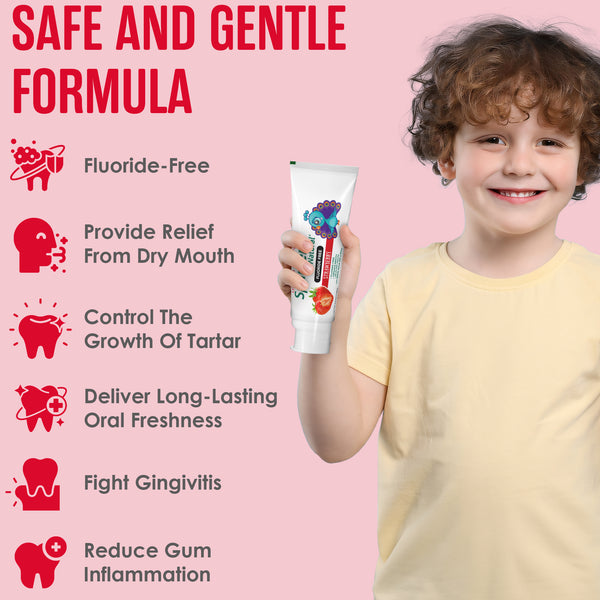Mouth breathing is a common habit that may seem harmless but can have significant implications for your oral health. When breathing through the mouth rather than the nose becomes a chronic habit, it sets the stage for numerous dental and oral hygiene issues. Understanding how mouth breathing impacts oral health is essential for maintaining a healthy mouth and preventing potential long-term complications.
One of the primary effects of mouth breathing is dry mouth (xerostomia). Saliva plays a crucial role in maintaining oral health by neutralizing acids produced by bacteria, washing away food particles, and remineralizing teeth. When you breathe through your mouth, saliva evaporates more quickly, causing dryness. Persistent dry mouth can increase your risk for tooth decay and gum disease because there isn't enough saliva to neutralize harmful bacteria or protect your teeth from acidic erosion.
Tooth decay is significantly more common among individuals who consistently breathe through their mouths. Saliva helps protect the teeth by providing essential minerals like calcium and phosphate, which strengthen tooth enamel. Without adequate saliva, the enamel becomes more vulnerable to erosion and decay. Mouth breathing, especially during sleep, accelerates this process, often resulting in more cavities, sensitivity, and weakened teeth.
Moreover, gum disease (gingivitis and periodontitis) is closely linked to mouth breathing. Healthy gums require adequate moisture and regular saliva flow. Mouth breathing disrupts this balance, making gums dry and inflamed. Chronic dryness can lead to gingival inflammation, redness, and swelling, which, if left untreated, progresses to periodontitis—a severe gum disease that can result in tooth loss and deterioration of the jawbone.
Additionally, mouth breathing alters the pH balance within the oral cavity. A healthy mouth maintains a neutral pH, which inhibits the growth of harmful bacteria. Mouth breathing, however, creates an acidic environment conducive to bacterial growth. This acidic shift accelerates tooth decay and exacerbates gum inflammation. Over time, consistent exposure to this acidic environment can lead to extensive oral health problems, including enamel erosion and heightened sensitivity.
Bad breath (halitosis) is another common consequence of mouth breathing. Saliva naturally rinses away odor-causing bacteria and debris. A dry mouth due to mouth breathing allows these bacteria to thrive and multiply, leading to unpleasant breath. Chronic mouth breathers often find that standard oral hygiene practices—such as brushing and flossing—are insufficient to control persistent bad breath.
Mouth breathing also affects the alignment of teeth and facial development, especially in children. When a child breathes predominantly through the mouth, the tongue rests in a lower position, failing to exert proper pressure on the palate. This can result in narrow dental arches, crowded teeth, and improper jaw alignment. Children who habitually breathe through their mouths may experience longer-term orthodontic issues requiring braces or other orthodontic interventions.
Furthermore, mouth breathing is associated with sleep disorders, such as sleep apnea and snoring. During mouth breathing, the airway is often narrower, making it more likely for the tissues in the throat to collapse during sleep. This can obstruct breathing, cause frequent awakenings, and significantly disrupt sleep quality. Poor sleep quality further compounds oral health issues by reducing the body's immune response and healing ability, increasing susceptibility to oral infections.
For those who breathe through their mouth during physical exertion, oral health risks also increase. Intense physical activities naturally cause mouth breathing in short bursts; however, chronic mouth breathing during exercise can significantly dry out oral tissues. Athletes who consistently breathe through their mouths may notice an increased frequency of oral health issues, including tooth sensitivity, enamel erosion, and higher rates of gum disease.
Addressing mouth breathing early is crucial to mitigating these risks. Identifying underlying causes, such as nasal congestion, allergies, deviated septum, or enlarged tonsils, is often the first step. Medical interventions, including allergy treatments, nasal sprays, or surgical corrections, can restore proper nasal breathing. Additionally, practicing breathing exercises and being mindful of breathing patterns during daily activities can help retrain breathing habits.
Dental professionals also play a pivotal role in managing and mitigating the effects of mouth breathing. Regular dental check-ups are essential for early detection of oral health issues related to mouth breathing. Dentists may recommend specialized products, such as saliva substitutes or fluoride treatments, to enhance oral moisture and protect enamel from erosion. Orthodontic devices or appliances can also be effective in guiding proper oral development and improving breathing patterns, particularly in children.
Moreover, incorporating comprehensive oral hygiene practices can significantly reduce mouth breathing-related risks. Brushing twice daily with fluoride toothpaste, flossing regularly, and using alcohol-free, hydrating mouth rinses can help manage dryness and control harmful bacteria. Staying hydrated throughout the day by drinking water frequently also supports saliva production and overall oral health.
At SprinJene, we believe in protecting your oral health with products that combine science and nature. Our fluoride-free, alcohol-free Total Care Mouthwash and natural toothpastes are designed to support a healthier oral microbiome—especially important if you're experiencing dry mouth or sensitivity linked to mouth breathing. Explore our range of natural oral care solutions to help you breathe easier and smile brighter.
In summary, mouth breathing significantly impacts oral health, increasing the risk of tooth decay, gum disease, enamel erosion, bad breath, and orthodontic complications. Recognizing the habit early, addressing underlying causes, and following proactive dental care routines are essential steps toward preserving oral health. By understanding and mitigating the risks associated with mouth breathing, individuals can maintain healthier mouths, fresher breath, and better overall dental outcomes for life.

